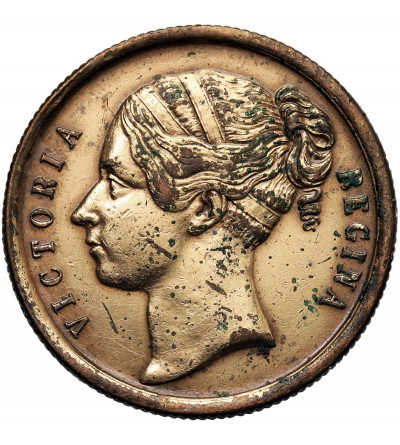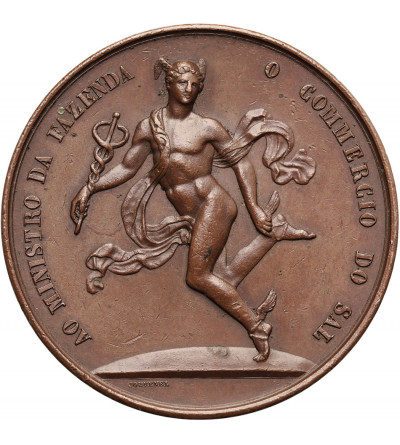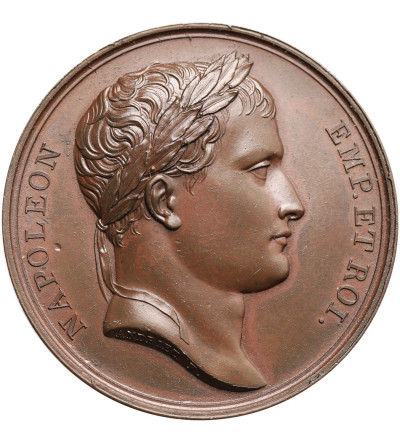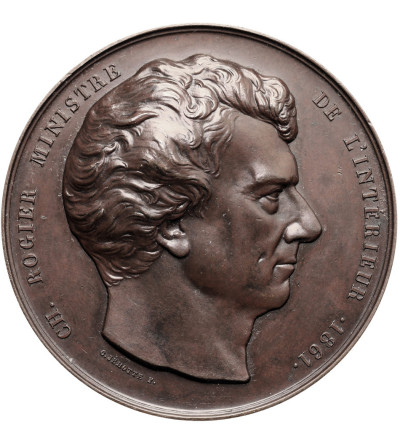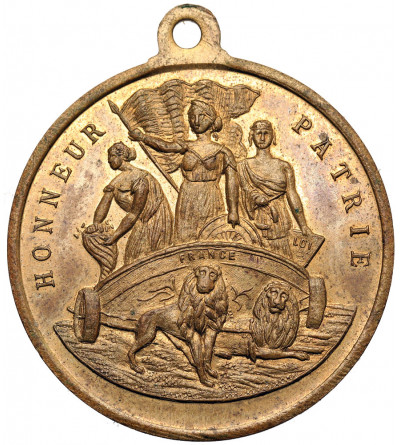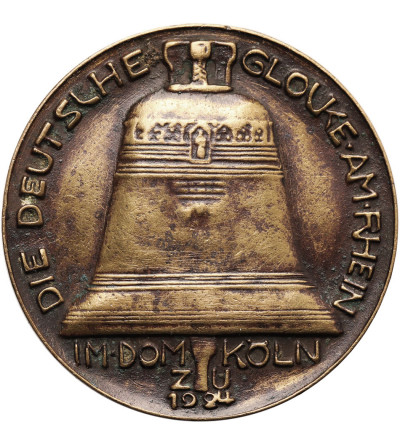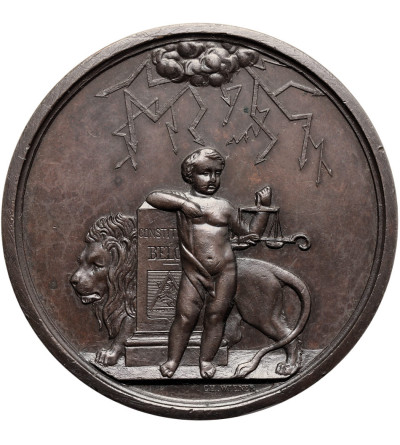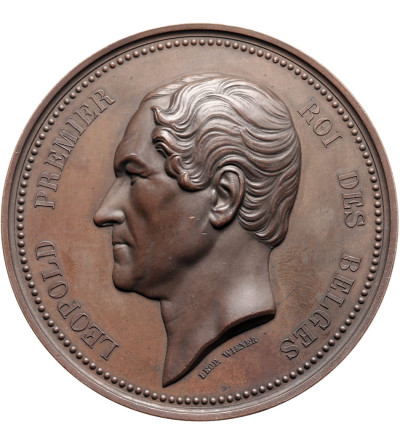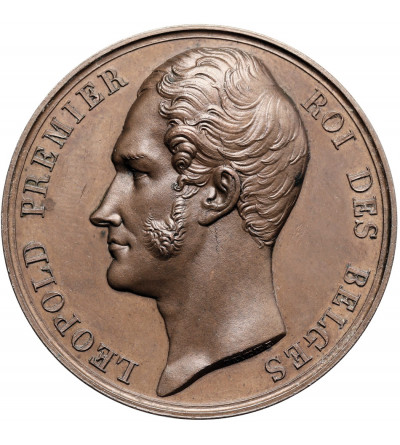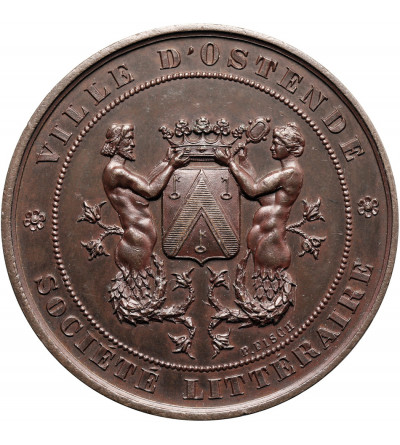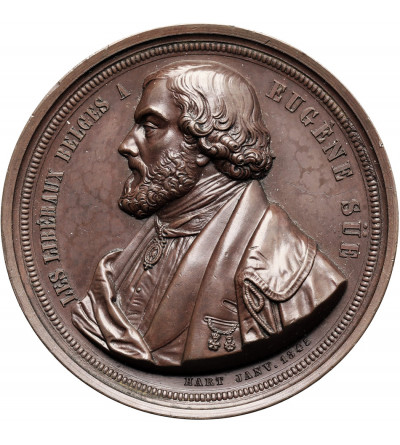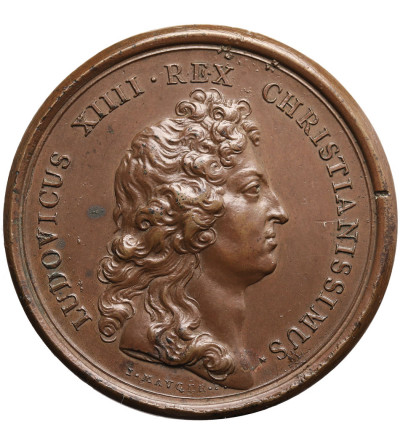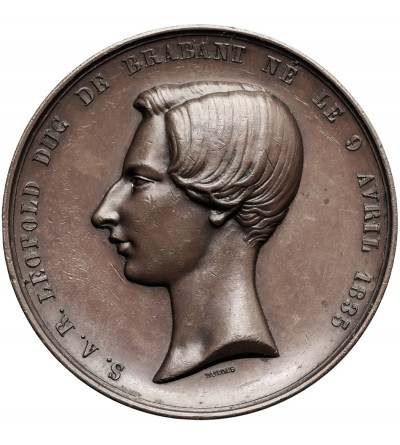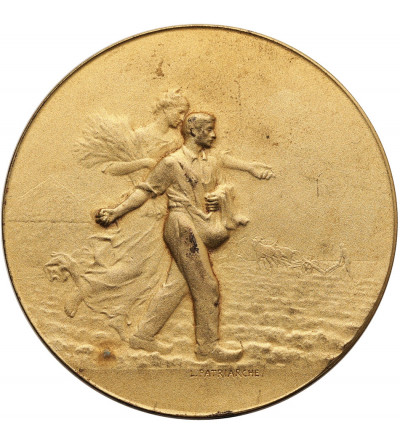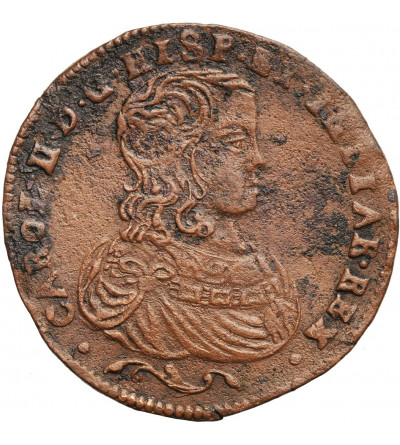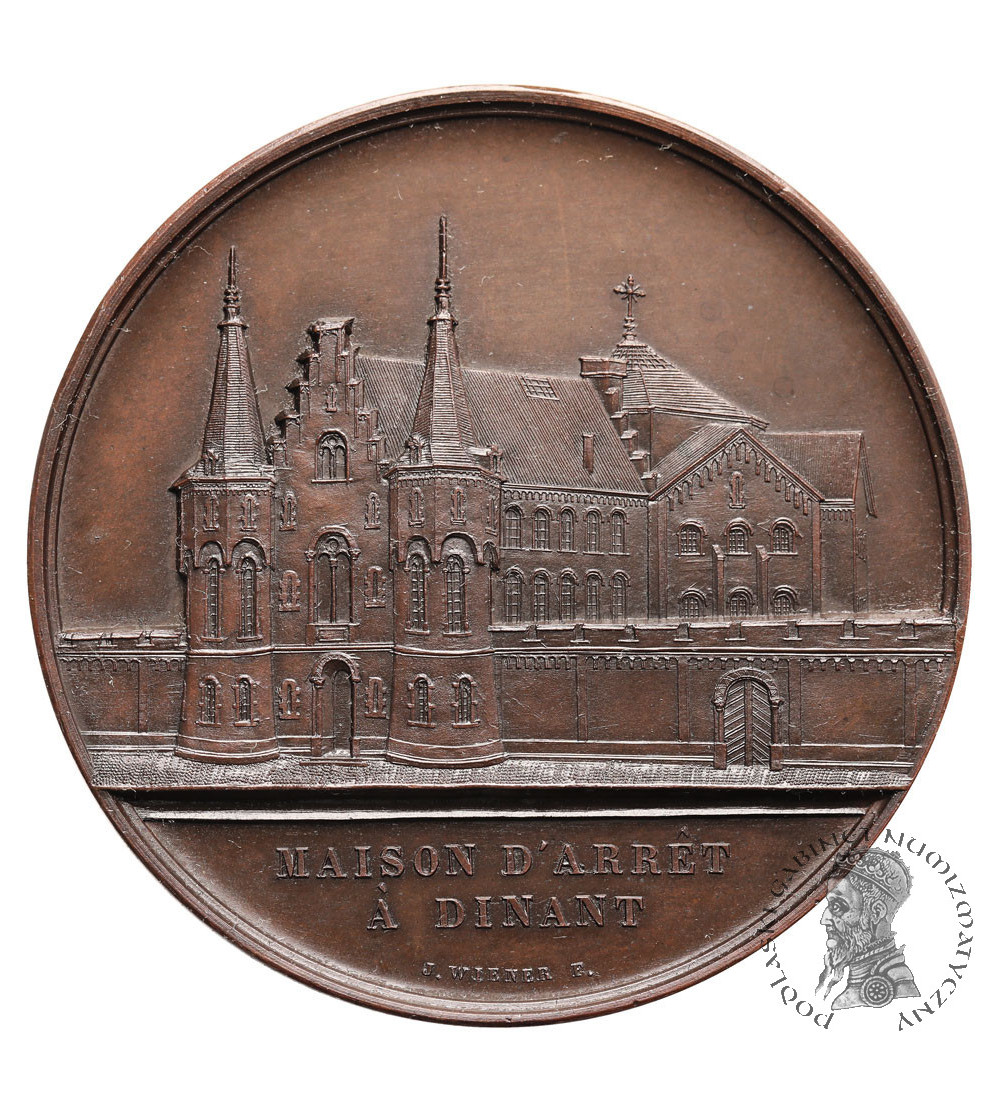
France, Napoleon I Bonaparte. Bronze medal commemorating the seizure of Hamburg, 1806
France, Napoleon I Bonaparte. Bronze medal commemorating the seizure of Hamburg, 1806, Denon, Bramsen 549, Bronze 40 mm, weight 39,57 g., Condition aUNC, beautiful brown patina with luster.
In 1806 the city was captured by Napoleonic troops. In 1811 Hamburg was formally incorporated into France and designated as the capital of the Bouches-de-l'Elbe department. These events, on the one hand, contributed to the democratic transformation, on the other hand, temporarily impeded the development of the city. became a free city. On May 29, 1814, Hamburg was liberated from the French occupation, which had lasted since 1806, and once again became a free city. A day later, on May 30, the Peace of Paris was concluded between France and the countries of the Sixth Anti-French Coalition. France's borders were restored to their 1792 state (source: wikipedia).



